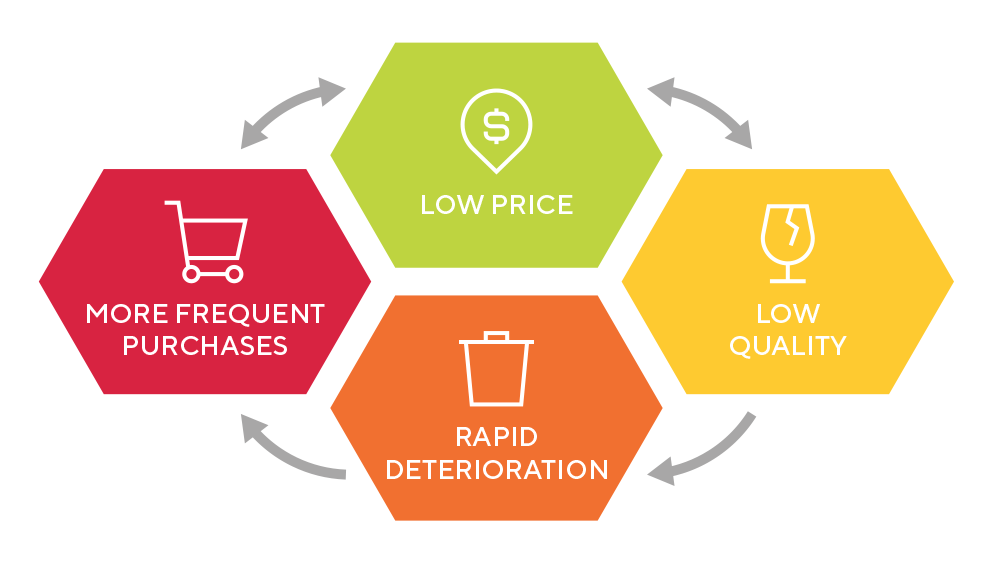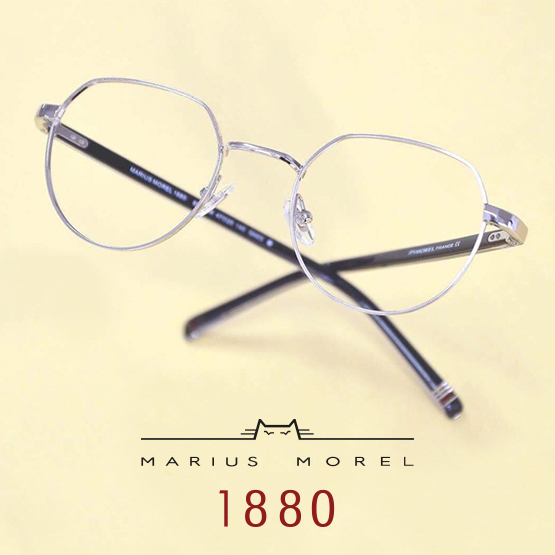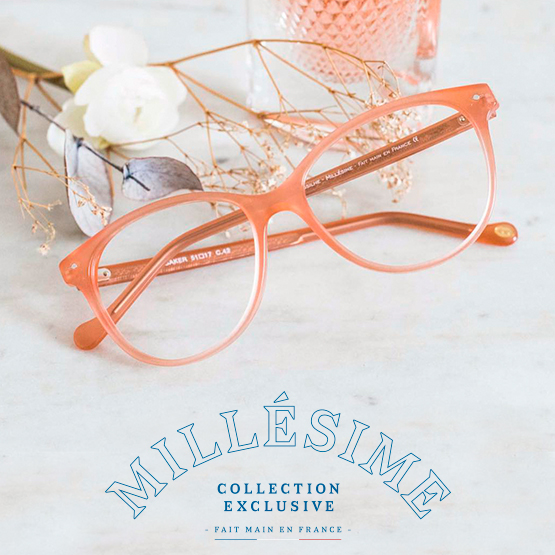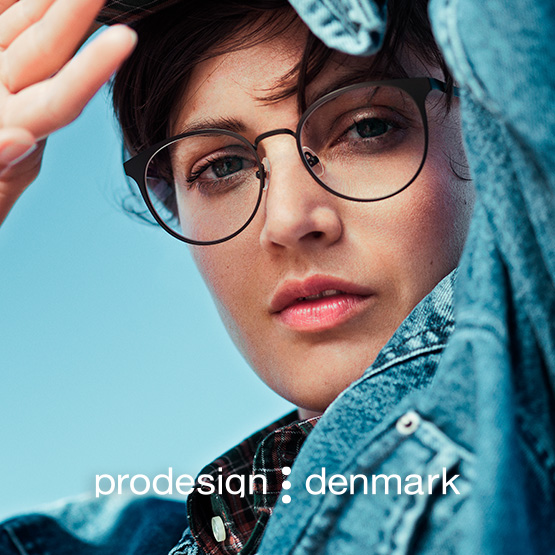Slow Fashion
Time for New Glasses? Go for Slow (Fashion)
Your eyes will thank you—and so will your wallet!
You may already know about the concept of “slow fashion”—as opposed to “fast fashion,” the sartorial equivalent of “fast food.” Like its junk food counterpart, fast fashion involves excessive production (and consumption), throwaway style that all blends together, and little concern for the environment.
Fast fashion is often associated with brands like H&M and Zara, where clothes can go from the drawing board to the display rack in less than two weeks. Now that’s fast! Especially compared to labels that start designing their collections at least a year and a half before they hit the market. Fast fashion is sold at rock-bottom prices, which necessitates reductions in quality to keep costs down and in turn means shoppers need to buy new clothes more often. Online shopping has exacerbated the problem by creating a separation between people and the items they purchase, which encourages impulse buys and prevents shoppers from ascertaining the quality of their items.

Enter “slow fashion” which main idea is to consume less but choose better. Slow fashion clothing and accessories combine style, quality, and longevity. They’re designed to last more than one season! They also use eco-friendly materials and production techniques, and promote socially responsible working conditions. The ultimate goal is to cultivate more mindful shopping habits.
So what about glasses?
Have you ever had a frame that fades or constantly needs to be readjusted? And if you try to get it fixed you can’t even find replacement parts because the model has been discontinued? That’s where responsible shopping can alleviate more than a few headaches. And when it comes to your vision and comfort, the question of quality over quantity suddenly takes on a whole new meaning.
 |  |  |  |
Know your sources
If you think all glasses are made in China, think again! Opto-Réseau’s collections come from France, Spain, Denmark, and Italy, just to name a few. Our exclusive Millésime collection bears the Origine France Garantie seal, which certifies they are manufactured entirely in France, from design and prototyping to machining and assembly.
Here’s another example: More than 50% of the materials used to make neubau frames are renewable or from organic sources. What’s more, the collection is designed and produced right in Austria. That means no carbon-intensive trips to cheaper manufacturing locations. Nature approves.
The collections available in our clinics are carefully curated to offer timeless style rather than fast-dying trends. It’s also important to understand that quality, durable frames aren’t free. What you pay for is quality construction, quality service, help when you need it, and more. Of course we’ll always have something for every budget. Not everyone wants to splurge on $600 designer frames. But a pair of glasses that costs less than a McDonald’s Value Meal probably won’t pass the test of time. Fortunately, we have plenty of options between the two extremes, so you’re sure to find one that fits your fancy.
An eye for detail
Time-honoured craftsmanship is alive and well in the eyewear world. Collections such as Marius Morel 1880 have been making frames using authentic artisanal methods for more than 135 years.
As for interesting details, ProDesign Denmark is reinventing the hinge, the part of the frame between the temple and the rim. Hinge design may seem unimportant to some, but not to ProDesign. According to Martin Jespersen, eyewear “architect” and designer for the Axiom collection, “A hinge is not just a hinge. It’s a unique design piece.” And it’s an opportunity for his team to find novel ways to reimagine the most important 90-degree angle in a set of frames. ProDesign Denmark frames are also made by hand and tested for allergies, colour stability, and resistance to sweat, makeup, and chemicals.
The perfect fit
When choosing eyewear frames, one of the most important factors to consider is the structure of your face. Frames will look good on you if they complement your face shape and emphasize your best features. If you have a small face, it can be especially challenging to find the right size frames in a style you like. Kliik Denmark glasses are specifically designed for men and women with small eyes, narrow faces, or close-set eyes.
If you can, consult an optician to help you choose your frames and ensure you find the best glasses for your face, lifestyle, and prescription. Not only will you walk away feeling good, looking great, and knowing you’re taking good care of your eyes, you’ll also be able to enjoy your new glasses for years to come because you took the time to choose a quality product.
Reduce, reuse, recycle
Did you know that you can change the lenses in your favourite frames if your prescription changes and they’re still in good condition? Sometimes you can reuse all or some of the components in your glasses. Ask your eye care professional what reuse options are available while you’re shopping for glasses. If you do have to say goodbye to your glasses, there are organizations that collect and refurbish used glasses to give them to people in need. Dropoff boxes are available in most Opto-Réseau clinics.
Your glasses can also be repaired and parts replaced to extend their life. All at no cost to you if your glasses are still under warranty!
To wrap up, we’d like to quote Ton Petit Look’s Veronique Thibeault :
When you choose quality clothing, you completely transform how you shop. You buy less. You buy better stuff. You wear the same clothes longer. In a way it’s a long-term commitment to the items you choose.
For more details on the frame collections available in our clinics, ask a stylist at the Opto-Réseau clinic nearest you.
- Fashion
- Frames



